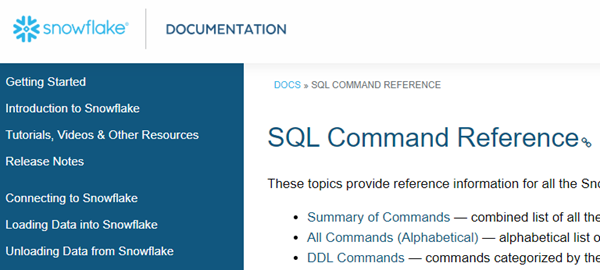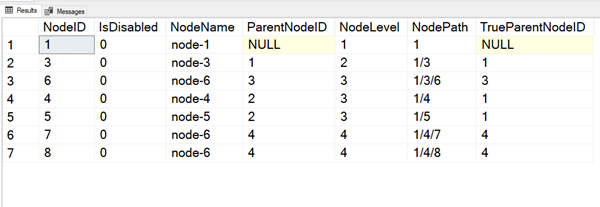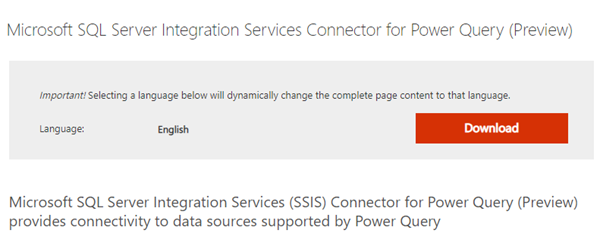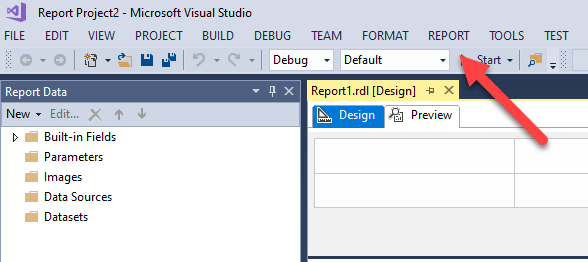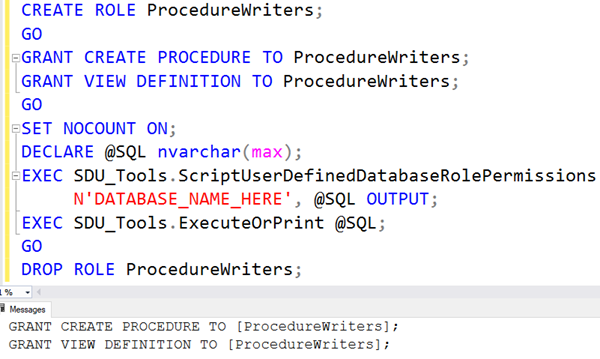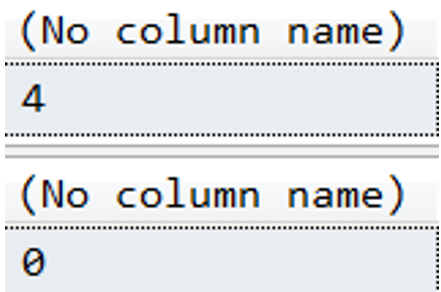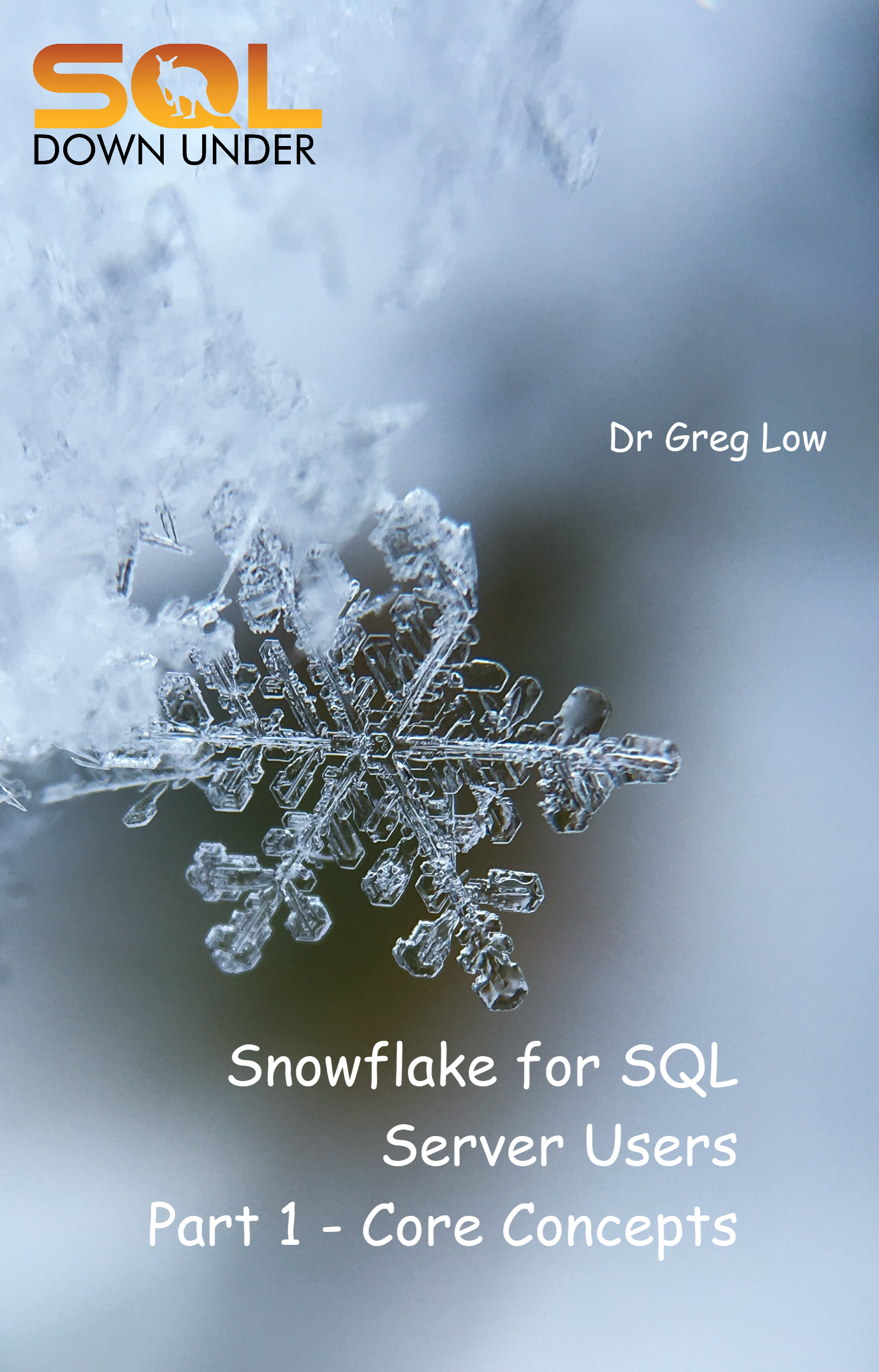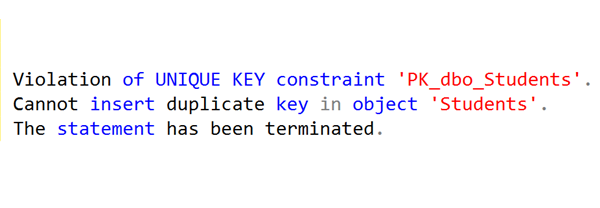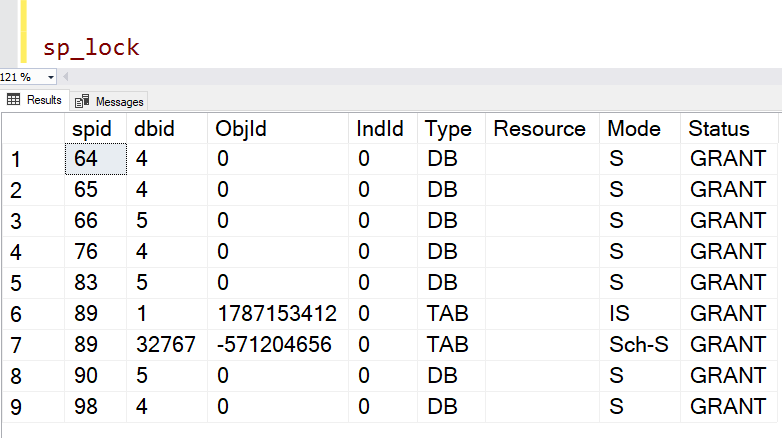
SQL: Retrieve the results of executing a stored procedure in T-SQL
There was a recent question asked on Stack Overflow. The poster asked:
“I have this stored procedure and I need to fetch result of select query as output:”
USE abc
GO
SET ANSI_NULLS ON
SET QUOTED_IDENTIFIER ON
GO
CREATE OR ALTER PROCEDURE ABC_XYZ_LOAD
AS
BEGIN
SELECT * FROM [CNT_01]
END
GO
Now, it always annoys me when the Stack Overflow rule enforcers decide that there wasn’t enough info there and close it. (Particularly when it was a new contributor).
2020-01-05

